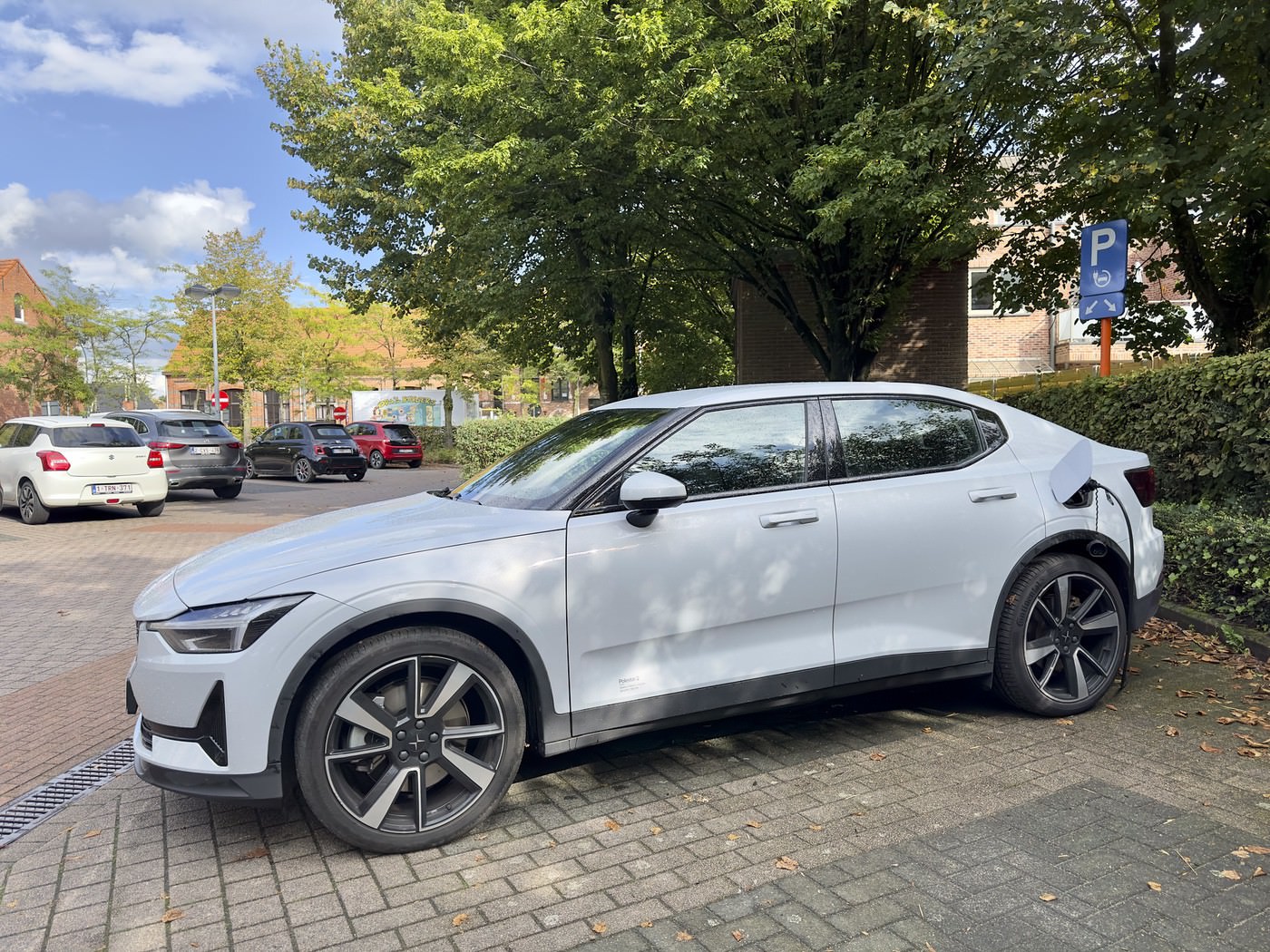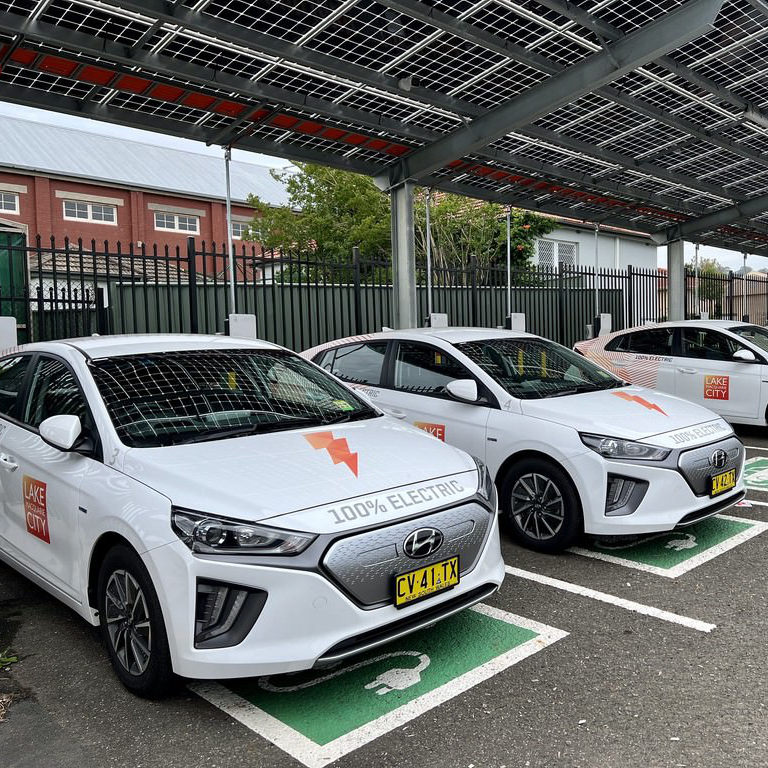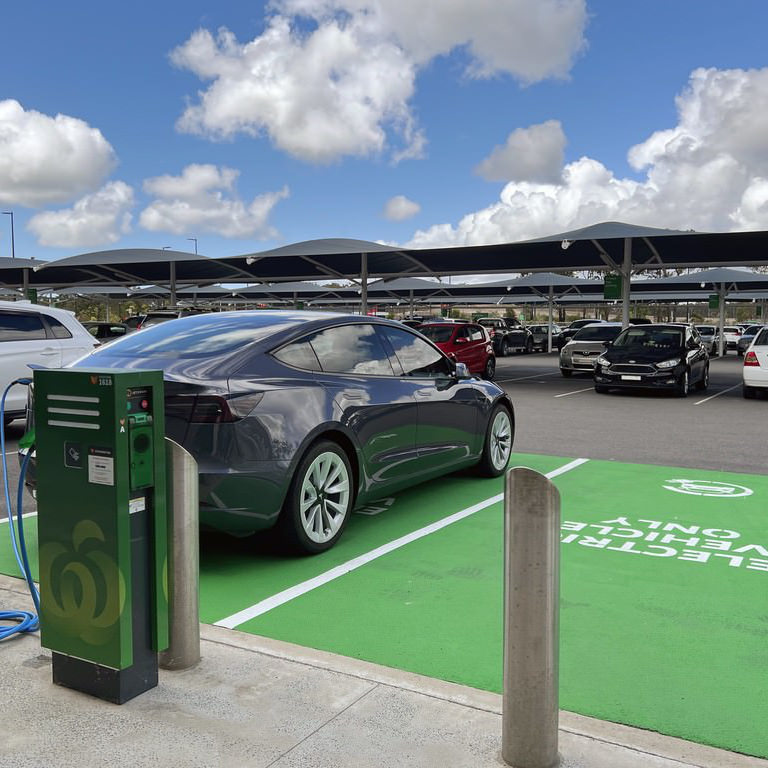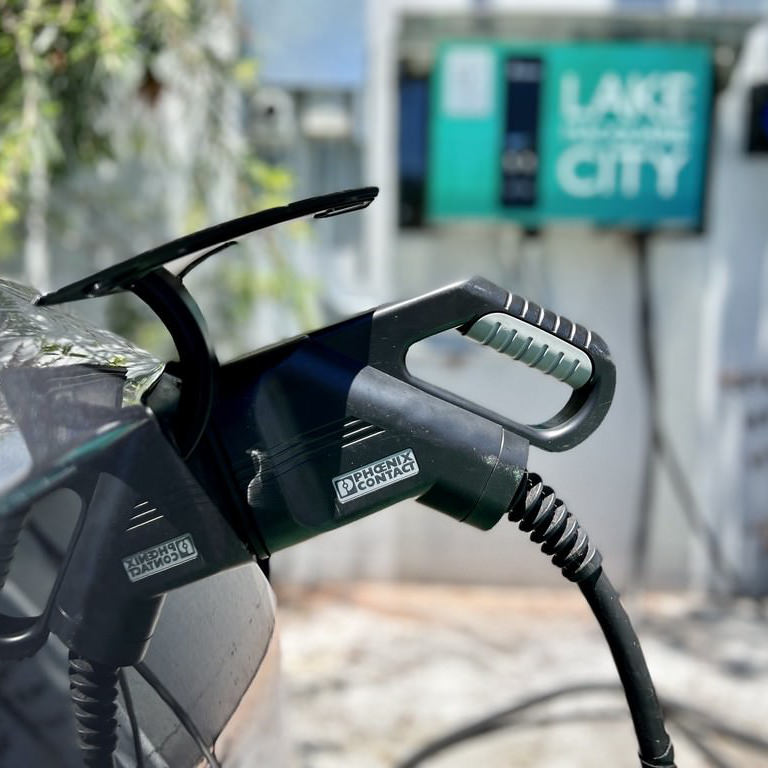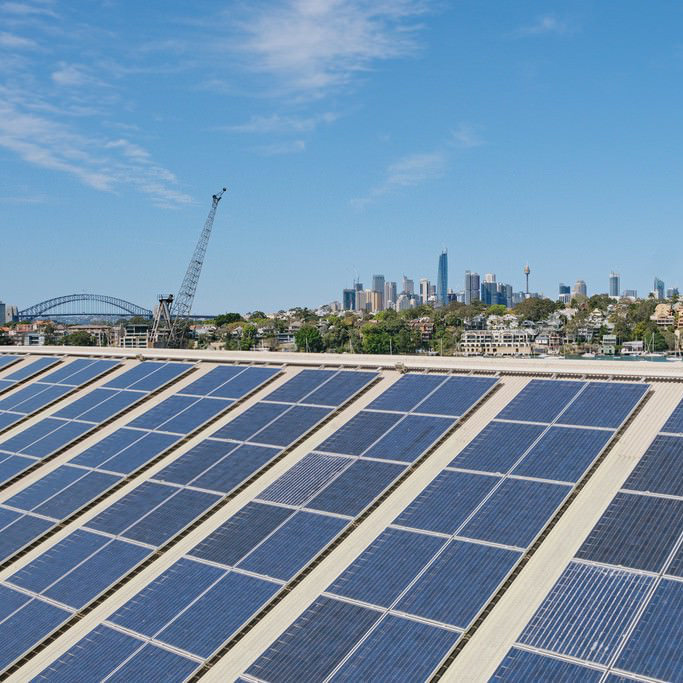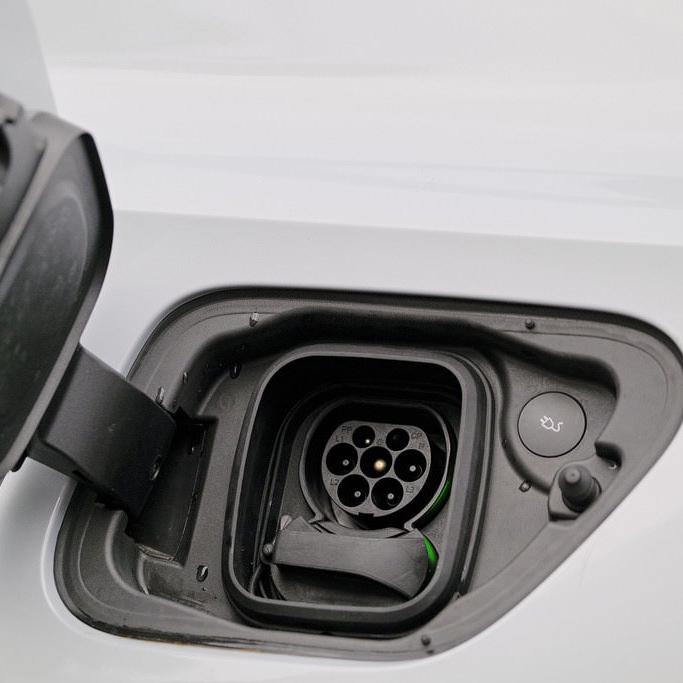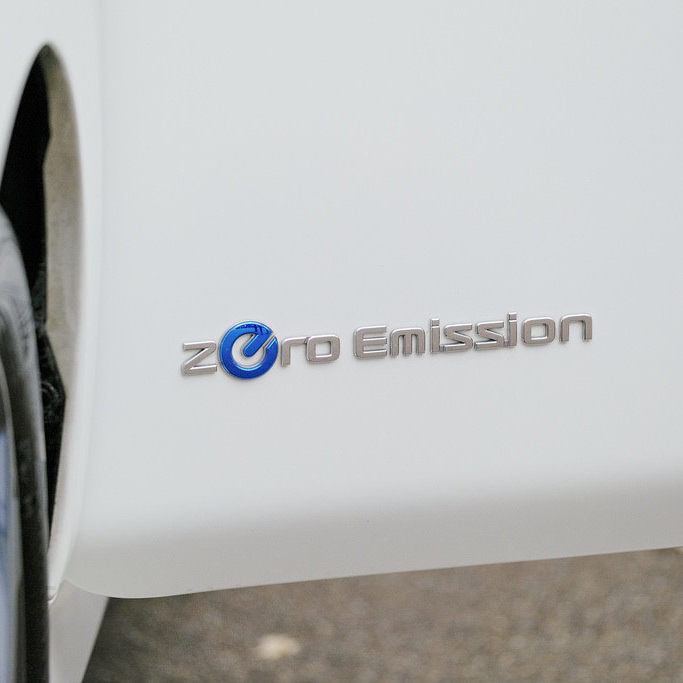Here’s a glossary of 51+ key terms related to Life with an Electric Vehicle, alphabetized and concisely explained:
🚗 Life with an Electric Vehicle: Glossary of Key Terms
| Term | Explanation |
|---|---|
| AC Charging | Alternating Current charging, typically used for home and public Level 1 and Level 2 chargers. |
| Australian Electric Vehicle Association (AEVA) | A national, non-profit EV advocacy and education group in Australia. |
| Battery Capacity | The total amount of energy a battery can store, usually measured in kilowatt-hours (kWh). |
| Battery Degradation | Gradual reduction in a battery’s capacity and range over time. |
| Battery Electric Vehicle (BEV) | An EV powered entirely by electricity with no petrol engine. |
| Battery Management System (BMS) | Software that monitors and protects battery performance and health. |
| BEV | See Battery Electric Vehicle. |
| CCS (Combined Charging System) | A fast charging connector standard used by most modern EVs. |
| CHAdeMO | A DC fast charging standard commonly used by some Japanese EVs. |
| Charging Curve | The rate at which an EV charges, typically fastest between 20%-80% battery capacity. |
| Charging Network | A system of public EV chargers operated by specific providers like Chargefox or Tesla. |
| Charging Station | A location where EVs can be recharged, either at home or publicly. |
| Charging Time | The duration required to recharge an EV battery from one level to another. |
| DC Charging | Direct Current charging, typically used for fast and ultra-fast public chargers. |
| DC Fast Charger | A high-power public charger that can recharge most EVs to 80% in 30–45 minutes. |
| Destination Charging | Chargers typically located at hotels, shopping centres, or tourist spots for longer stops. |
| Electric Motor | The component in an EV that converts electrical energy into motion. |
| Electric Vehicle (EV) | A vehicle that runs partially or entirely on electricity. |
| EV Lifestyle Plan | A personalized strategy covering EV choice, charging habits, costs, trips, and sustainability. |
| EVSE (Electric Vehicle Supply Equipment) | The formal term for all EV charging hardware. |
| Fast Charging | Charging that delivers power rapidly, usually through DC fast chargers. |
| Fossil Fuel Vehicle | Traditional petrol or diesel-powered cars. |
| Frunk | A front trunk, often found in EVs due to the absence of an engine. |
| HEV (Hybrid Electric Vehicle) | A vehicle that combines a petrol engine with a small electric motor but cannot be plugged in. |
| Home Charging | Charging an EV at home using either a standard power outlet or a Level 2 charger. |
| Incentives | Government-provided financial benefits like rebates or tax discounts for EV buyers. |
| Kilowatt (kW) | A unit of power, often used to measure charging speed. |
| Kilowatt-Hour (kWh) | A unit of energy storage capacity for EV batteries. |
| Level 1 Charging | Charging via a standard household outlet; slowest charging option. |
| Level 2 Charging | Faster home or public charging requiring dedicated equipment. |
| Lithium-Ion Battery | The most common battery type used in modern EVs. |
| Maintenance Schedule | Regular service plan for EVs, focusing on tires, brakes, fluids, and software. |
| North American Charging Standard (NACS) | Tesla’s proprietary electric vehicle (EV) charging connector, charge port and protocol, opened up for use by other EV manufacturers and EV charging network operators in the US. |
| OCPP (Open Charge Point Protocol) | A global standard that enables EV chargers to communicate with networks. |
| Over-the-Air Updates (OTA) | Wireless software updates delivered directly to EVs, improving features and performance. |
| Peak Charging | Charging during periods of highest electricity demand, often more expensive. |
| PHEV (Plug-in Hybrid Electric Vehicle) | An EV that combines electric driving with petrol backup and can be plugged in. |
| PlugShare | A popular global app for locating EV charging stations. |
| Public Charging | Charging at shared locations like parking lots, highways, or shopping centres. |
| Range | The distance an EV can travel on a full battery charge. |
| Range Anxiety | The fear of running out of battery before reaching a charger. |
| Regenerative Braking | A system that recovers energy during braking to recharge the battery. |
| Road Trip Planning | Strategically mapping charging stops for long-distance EV journeys. |
| SAE J1772 | A common connector standard for Level 1 and Level 2 AC chargers in many countries. |
| Smart Charging | Technology that manages charging speed and time for cost or grid efficiency. |
| Solid-State Battery | Next-generation EV battery promising faster charging, longer life, and improved safety. |
| State of Charge (SoC) | The current battery level, usually displayed as a percentage. |
| Tesla Supercharger | Tesla’s proprietary ultra-fast charging network. |
| Thermal Management | Systems that regulate battery temperature for safety and performance. |
| Total Cost of Ownership (TCO) | The complete financial impact of owning a vehicle, including purchase, fuel, and maintenance. |
| Vehicle-to-Grid (V2G) | Technology that allows EVs to return energy back to the power grid. |
| Wallbox | A Level 2 home charging station installed on a garage wall or outdoor post. |
| Zero Emissions Vehicle (ZEV) | A vehicle that produces no tailpipe emissions during operation. |

